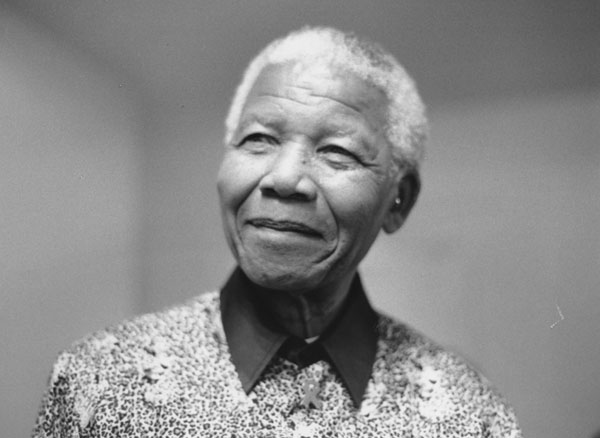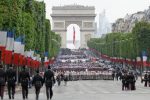The Mandela Effect: Part Two
To read the part one of The Mandela Effect, click here.
Meeting Mandela
I met Nelson Mandela before he became president of South Africa. He had just been released from prison after serving a 27 year fighting for human rights and racial equality. He was visiting Durban, the city I grew up in, for a rally. I lived about 15-minutes from the ocean where there’s a beautiful boardwalk where you can cycle or jog. This one Sunday morning, I was running with a friend and at some point, I went ahead.
As I was running on the sidewalk, there was a group of people coming from the opposite direction. Typically, walkers adhere to the unspoken etiquette of moving to the side so runners don’t have to break stride or slow down; which could lead to injury. However, this group stayed on the sidewalk. Forcing me to get off the sidewalk, then back on. In my mind, I was thinking, “that’s so inconsiderate,” and “don’t they know the running etiquette?”. After the encounter, I ran to the end of the boardwalk before reuniting with my friend who said, “Did you see who I saw on the sidewalk?” I told him I had but, clearly, I hadn’t noticed the person in the group who had excited him: Nelson Mandela himself!
I was in shock and as much as I found it hard to believe; I knew I had to see him. We turned around and thankfully, his group was turning around as well, coming toward us.
Nelson Mandela was in the middle with people around him, who I later figured out had to be his bodyguards. It may have been because they didn’t want him to be conspicuous or for protection, but he’s an incredibly tall man—he’s six feet plus—so you could see his head sticking out from the rest of the group. As soon as I saw him, I said, “Nelson Mandela!” The group stopped. He took a step out of the group, extended his hand, and touched mine. It was magical! The first thing he said to me was, “Are you enjoying your run?” All I could do was nod my head; the words wouldn’t come out. I felt like a real idiot.
I was wearing a t-shirt that had a logo of the sponsor of Kaizer Chiefs (a soccer team in South Africa), so he asked me if I was a supporter of the team. In truth, I’m not a fan of the team, but I kept nodding my head. Just before our encounter, he had jointly won the Nobel Peace Prize with South Africa’s former president. This would have been an ideal moment to congratulate him, but the words would just not come out of my mouth!

The shirt Ansuyah was wearing when she met Nelson Mandela.
The whole interaction only took 30-seconds or so, but he makes you feel like you’re the most important person in the world for that moment. He is totally focused on you; his eyes are on you and he’s just having a one-on-one with you. It was just an incredible experience.
I couldn’t stop talking about the experience. I still have the t-shirt. I gave away a lot of stuff when I moved here, but I will not give away that t-shirt.
A few years later, when I was teaching in Australia, I shared this experience with my class and a child from the back of the group got up and came to the front of the room. He asked, “May I shake your hand?” I was confused but agreed. As he walked back to his seat, he said, “I touched the hand that touched the hand.” It was so special.
Mandela’s Legacy
The most valuable part of living through Apartheid, and being able to witness Nelson Mandela’s leadership, is being able to be less judgmental. Due to the fact that it is important to understand and be knowledgeable on the issues you’re advocating for. Mandela said, “Education is the most powerful weapon you can use to change the world”.
After South Africa’s first democratic elections in 1994, a Truth and Reconciliation Commission was established to help heal the country and bring about reconciliation of its people. I will always remember Mandela words: “We will forgive but not forget.”
Much of the work I do now is so linked to emotions, linked to relationships, and linked to people. My past helps me tremendously in the work that I do today (Global Competency Training at The International Center). I can truly say, I live my job.
I think there’s a part of him that would be smiling right now. When I go back to South Africa and I look at the progress that the youth are making, it’s tremendous, especially in the arena of social justice. They still have a long way to go, there’s a big educational gap that needs to be filled and that can’t happen overnight because as a country, South Africa still has very limited resources. I’m always impressed when I look at organizations and their structures; you are now beginning to see more and more people of color in middle and upper management. It’s an indication that South Africa is moving in the right direction! It will truly be the Rainbow Nation that Nelson Mandela, one of the world’s most significant moral leaders, strived for.
By Ansuyah Naiken, Global Competency Training Manager




